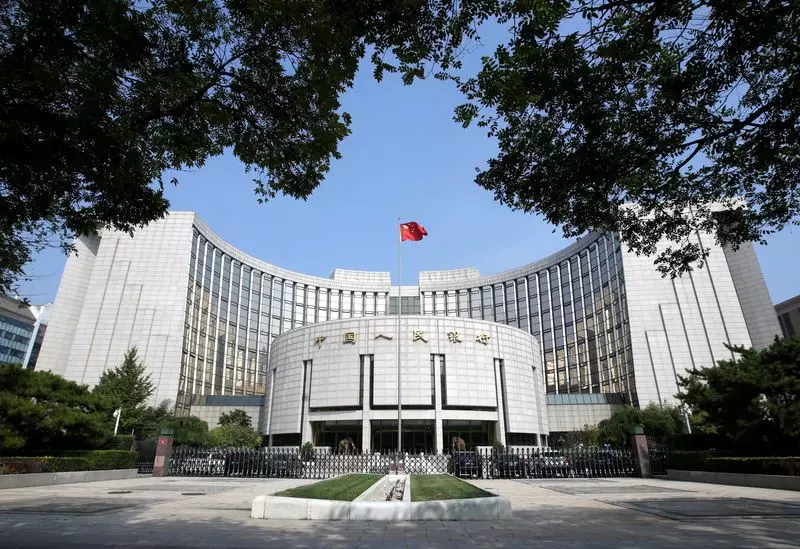China’s recent decision to lower key short-term policy rates and benchmark lending rates has caught the market off guard. The move comes in response to weaker-than-expected second-quarter economic data and the country’s ongoing challenges like the looming threat of deflation, a property crisis, surging debt levels, and weak consumer and business sentiment.
Analysts suggest that the unexpected rate cuts are a strategic effort to address the sharp slowdown in growth momentum witnessed in the second quarter. The timing coincides with the call for ‘achieving this year’s growth target’ set by the third plenum, indicating the government’s commitment to stimulating economic expansion.
China’s central bank, the People’s Bank of China (PBOC), announced a reduction in the seven-day reverse repo rate and benchmark lending rates to support its policy objectives. These moves aim to improve liquidity in the market, stimulate borrowing, and spur investment activity. The adjustment in lending rates is expected to make borrowing more affordable for businesses and individuals, potentially boosting spending and overall economic growth.
The rate cuts have resulted in a decline in the value of China’s currency, the yuan, against the US dollar. This depreciation is attributed to the widening yield gap between the two currencies and growing expectations of interest rate cuts by the US Federal Reserve. As a result, the PBOC now has more flexibility to ease its monetary policy while mitigating pressure on the yuan’s exchange rate.
In addition to the rate cuts, the PBOC has made changes to its lending programme by lowering collateral requirements for medium-term lending facility loans. This alteration is expected to encourage banks to hold fewer long-term bonds, enabling them to engage in more trading activities. The objective is to stabilize longer-term yields, address bond market imbalances, and create a more favorable yield curve.
Following the rate cuts, Chinese sovereign bond yields have experienced downward pressure across various maturities. The decline in yields indicates increased bond prices and market demand for Chinese government debt. This trend suggests that investors are reacting positively to the PBOC’s policy adjustments, anticipating a more supportive economic environment.
China’s decision to implement surprise rate cuts reflects a proactive approach to addressing economic challenges and stimulating growth. The PBOC’s actions signal its commitment to enhancing liquidity, supporting borrowing, and promoting investment in key sectors. As the global economic landscape evolves, China’s monetary policy adjustments are likely to play a crucial role in shaping the country’s economic trajectory in the coming months.

